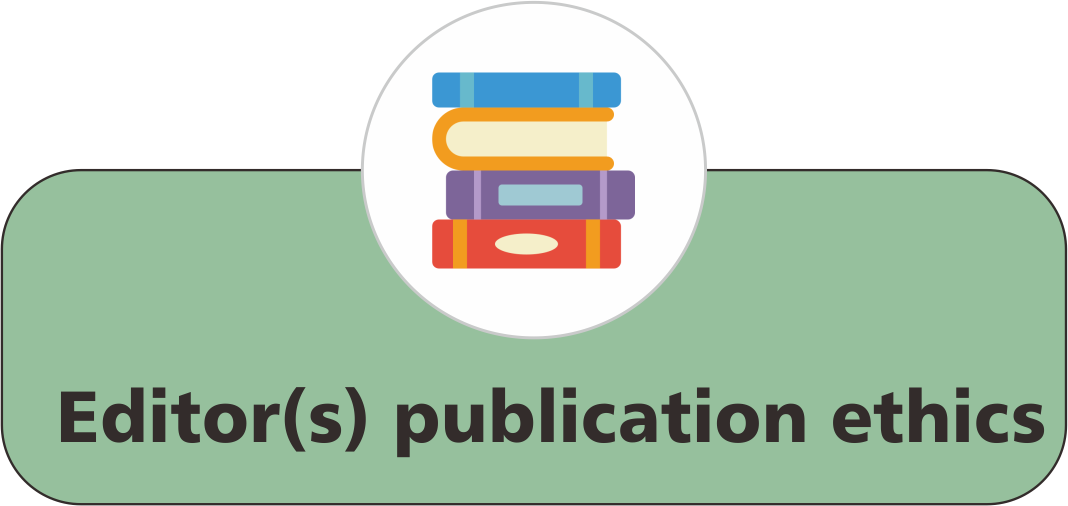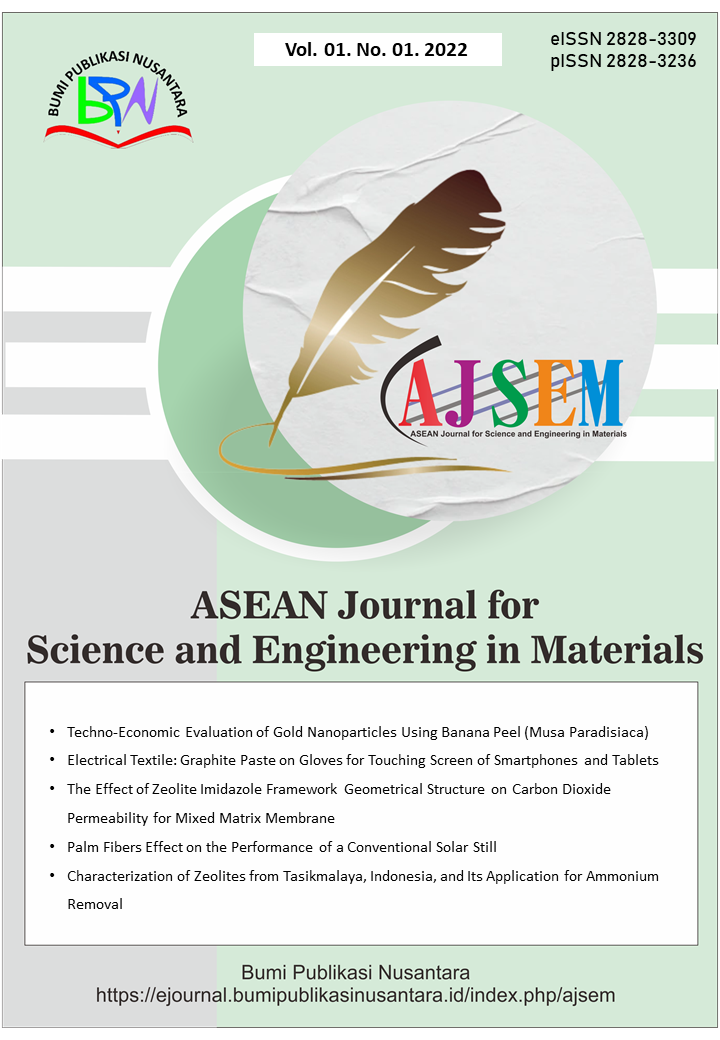Sustainable Packaging: Bioplastics as a Low-Carbon Future Step for the Sustainable Development Goals (SDGs)
 ), Muhammad Fakhri Ferdian Putra(2), Shabrina Vee Amelia Jayusman(3), Z. Zulhilmi(4),
), Muhammad Fakhri Ferdian Putra(2), Shabrina Vee Amelia Jayusman(3), Z. Zulhilmi(4),
(1) Universitas Pendidikan Indonesia
(2) Universitas Pendidikan Indonesia
(3) Universitas Pendidikan Indonesia
(4) Universitas Pendidikan Indonesia
 Corresponding Author
Corresponding Author
Abstract
Keywords
References
Adams, C., and White, D. (2018). Bioplastics: Environmentally friendly solutions in packaging. Journal of Sustainable Materials, 24(4), 311-326.
Alfarizi, M. (2023). Determinasi adopsi ekonomi sirkular, model bisnis inovatif an dukungan anggaran negara: Investigasi UMKM Indonesia berbasis PLS-SEM. Jurnal BPPK: Badan Pendidikan dan Pelatihan Keuangan, 16(1), 37-56.
Anggalih, N. N. (2022). Analisis perbandingan kemasan berkelanjutan dengan berbahan dasar material alam. Jurnal Desain Komunikasi Visual Nirmana, 22(1), 8-17.
Brown, R., (2022). Increasing energy efficiency in addressing carbon emission challenges. Journal of Environment and Energy, 11(2), 45-60.
Dermawan, K., Lestari, R. A. S., and Kasmiyatun, M. (2020). Pembuatan plastik biodegradable dari pati biji nangka dengan penambahan polyvinyl alcohol (PVA) dan sorbitol. CHEMTAG Journal of Chemical Engineering, 1(1), 18-23.
Erviana, I., Asfar, A. M. I. T., Asfar, A. M. I. A., Safar, M., Dewi, S. S., Damayanti, W., and Yulita, Y. (2022). Diseminasi kelompok karang taruna desa Pationgi dalam pembuatan biofoam kemasan pengganti styrofoam. ABSYARA: Jurnal Pengabdian Pada Masyarakat, 3(2), 298-307.
Geyer, R., Jambeck, J. R., and Law, K. L. (2017). Production, use, and fate of all plastics ever made. Science Advances, 3(7), e1700782.
Green, M. (2020). The contribution of bioplastics to goals 12 and 13 of the SDGs. Journal of Sustainability, 22(3), 245-260.
Handayani, T. A. (2022). Pelatihan desain kemasan ramah lingkungan pada produk limbah plastik di kawasan Teluk Tomini. Mopolayio : Jurnal Pengabdian Ekonomi, 2(1), 57-62.
Intandiana, S., Dawam, A. H., Denny, Y. R., Septiyanto, R. F., and Affifah, I. (2019). Pengaruh karakteristik bioplastik pati singkong dan selulosa mikrokristalin terhadap sifat mekanik dan hidrofobisitas. EduChemia (Jurnal Kimia dan Pendidikan), 4(2), 185-194.
Lebreton, L. C., Van Der Zwet, J., Damsteeg, J. W., Slat, B., Andrady, A., and Reisser, J. (2017). River plastic emissions to the world’s oceans. Nature Communications, 8(1), 15611.
Li, W., and Thompson, R. (2020). Environmental impact of the food and beverage industry: A case study of packaging waste. Journal of Environment and Sustainable Development, 14(3), 201-218.
Mitchell, R. (2022). Safety and protective properties of bioplastics in food packaging. Journal of Food Science and Nutrition, 18(4), 421-438.
Narancic, T., and O'Connor, K. E. (2019). Plastic waste as a global challenge: Are biodegradable plastics the answer to the plastic waste problem?. Microbiology, 165(2), 129-137
Ningsih, E. P., Ariyani, D., and Sunardi, S. (2019). Pengaruh penambahan carboxymethyl cellulose terhadap karakteristik bioplastik dari pati ubi nagara (Ipomoea batatas L.). Indonesian Journal of Chemical Research, 7(1), 77-85.
Nurhalimah, M. L., Hibatulloh, M., Rohmah, N. A., Rifai, M. T., Taqiyah, D. B., Yati, H. F., and FAK, R. M. I. I. (2023). Penggunaan metode aktif dalam pembelajaran IPS: keuntungan dan hambatan kelas. ARIMA: Jurnal Sosial Dan Humaniora, 1(2), 1-7.
Purnavita, S., Subandriyo, D. Y., and Anggraeni, A. (2020). Penambahan gliserol terhadap karakteristik bioplastik dari komposit pati aren dan glukomanan. Metana, 16(1), 19-25.
Ramadhani, R. A., Muwafaq, B. S., Jannah, M. M., and Taryana, A. (2022). Rancangan model bisnis produk berbahan dasar bioplastik menggunakan business model canvas dan peta empati. Journal of Technopreneurship on Economics and Business Review, 3(2), 97–109.
Sari, N., Mairisya, M., Kurniasari, R., and Purnavita, S. (2019). Bioplastik berbasis galaktomanan hasil ekstraski ampas kelapa dengan campuran polyvinyl alkohol. Metana, 15(2), 71-78.
Smith, A., and Johnson, B. (2020). Environmental impact of oil-based plastics in the packaging industry. Journal of Environmental Sustainability, 16(1), 78-95.
Turner, S. (2021). Reducing waste and carbon emissions through the use of bioplastics in the food and beverage industry. Journal of Environment and Sustainable Development, 15(2), 112-128.
Yonanda, D. A., Supriatna, N., Hakam, K. A., and Sopandi, W. (2022). Kebutuhan bahan ajar berbasis kearifan lokal Indramayu untuk menumbuhkan ecoliteracy siswa sekolah dasar. Jurnal Cakrawala Pendas, 8(1), 173-185.
Article Metrics
Abstract View : 2307 times
: 2307 times Download : 1165 times
Download : 1165 times
Refbacks
- There are currently no refbacks.
Copyright (c) 2023 Bumi Publikasi Nusantara

This work is licensed under a Creative Commons Attribution-ShareAlike 4.0 International License.









